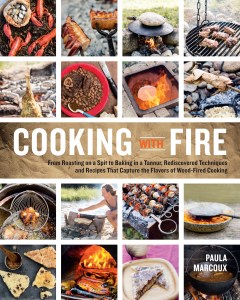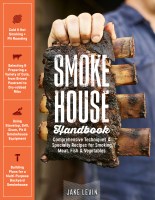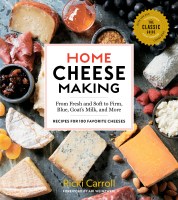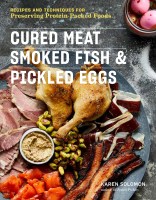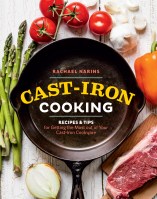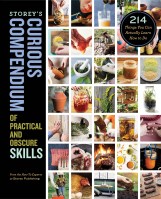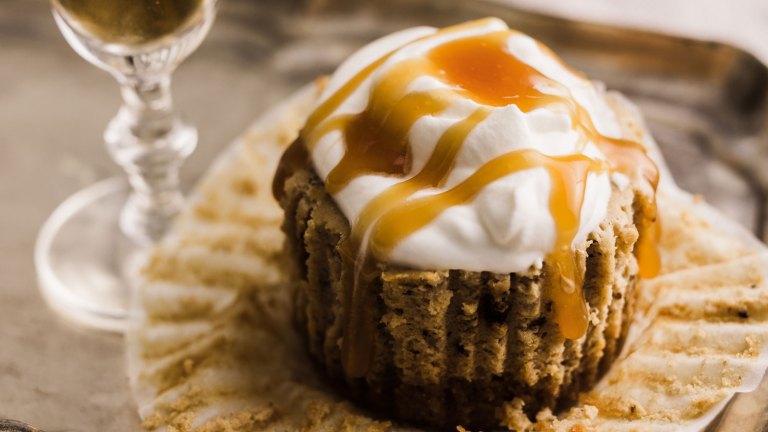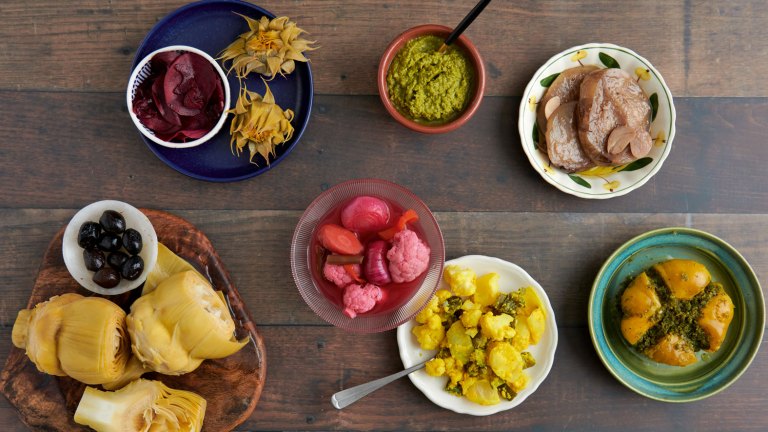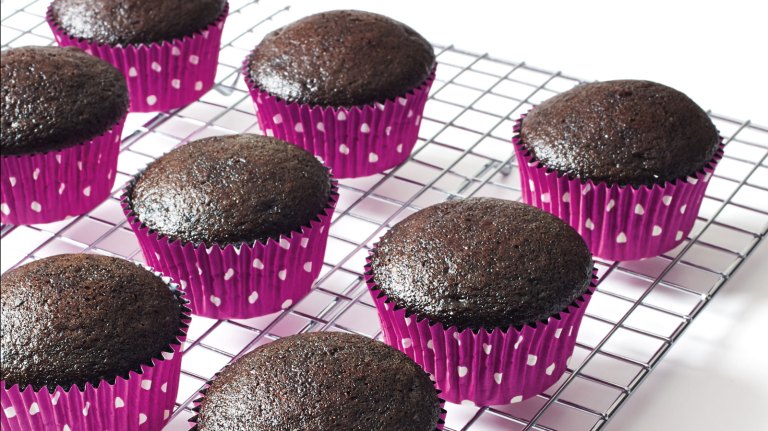Toasted Cheese, Old-School
If you can roast a marshmallow over a flame, you can toast cheese! With a sturdy skewer and a little patience, this historical fireside snack will become your new favorite camping tradition.
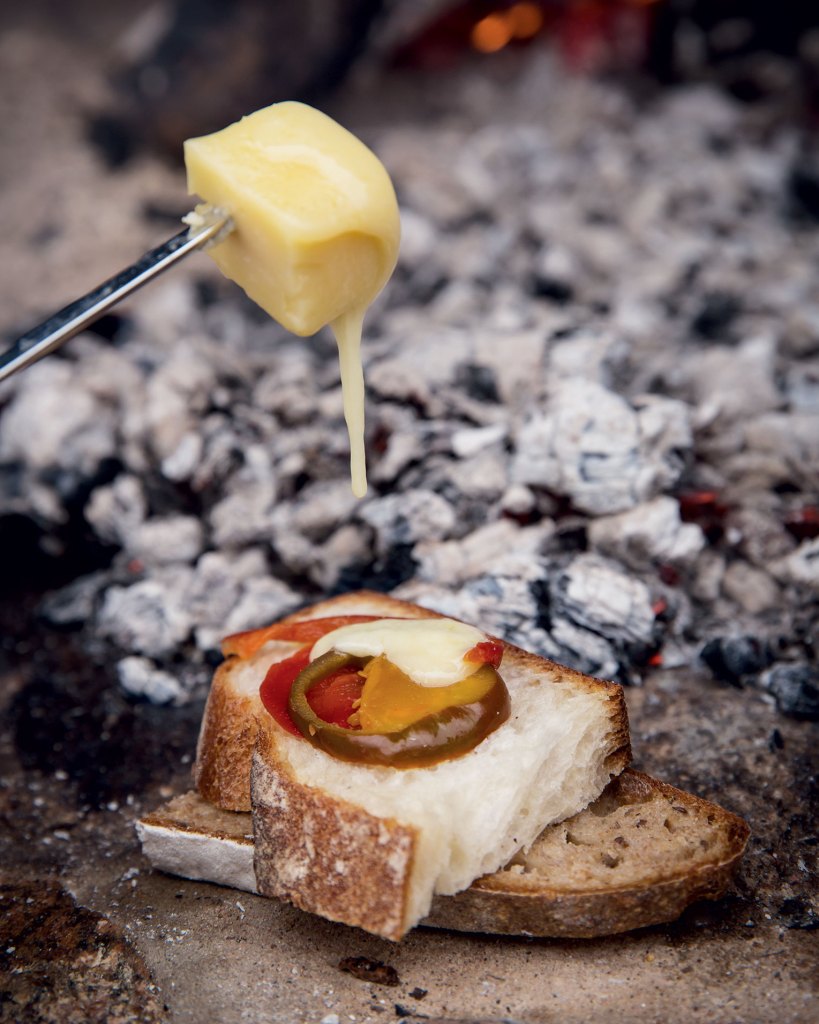
Today “toasted cheese” is British English for what Americans call “a grilled cheese sandwich.” But in the days before sandwiches were formally known and named as such, “toasted cheese” existed in a variety of guises. The earliest manner consisted of simply a chunk of cheese, impaled on the end of a stick or skewer (or sword, according to Shakespeare), and roasted, marshmallow fashion. The golden molten glob would be applied to a thin slice of crispy toast, if available.
4 servings
Ingredients:
- 8 ounces cheese, cut into 1- by 1- by 1-inch cubes, preferably at room temperature
- 1 half loaf of favorite bread, sliced thinly, and toasted crisp
Optional adornments:
Mustard or chutney, thinly sliced onion
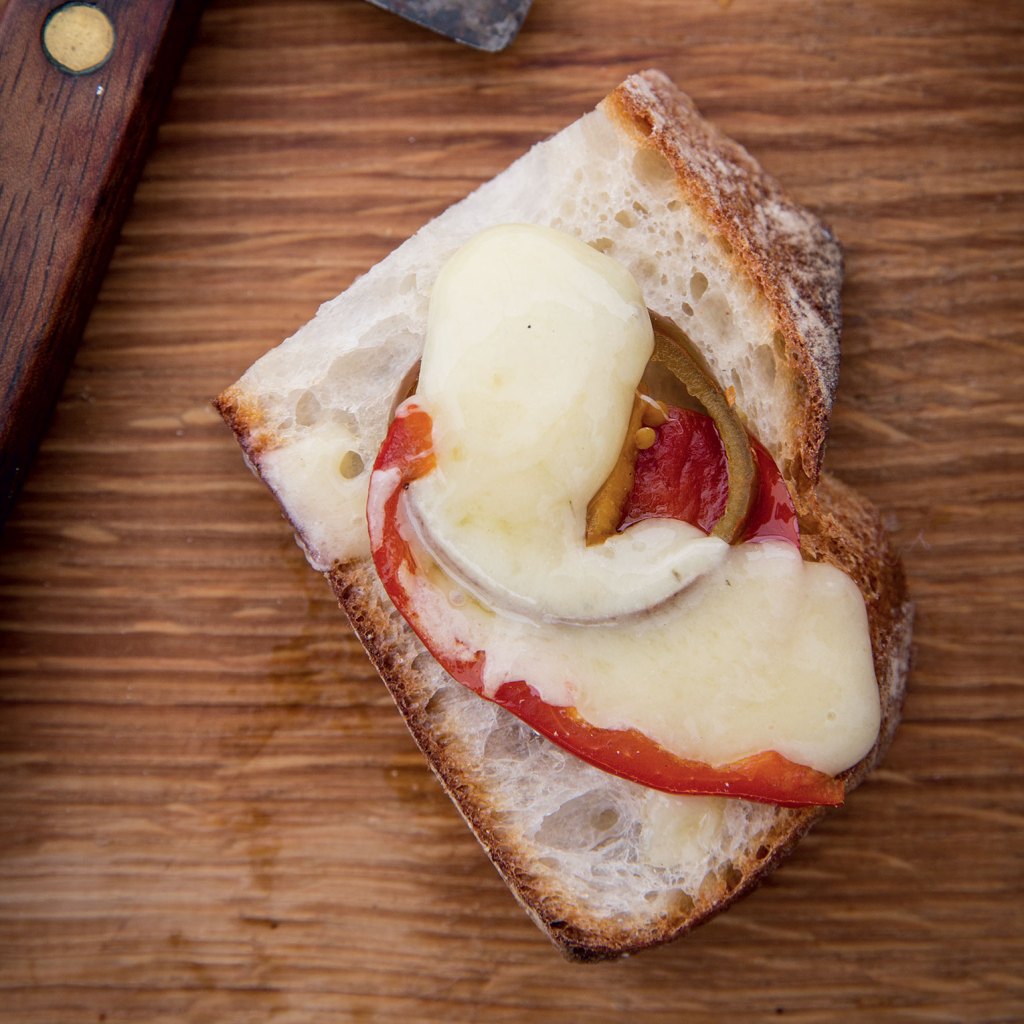
Directions:
- Have ready a medium fire with a bed of coals.
- Each cheese-toasting individual should carefully impale a cube of cheese upon an implement. Try not to run it all the way through. Unless the cheese is very elastic and forgiving, this abuse will tend to split it in half.
- Use a fire shovel to pull some coals forward. Each guest may toast cheese to the degree favored by extending it over the coals. Turn it slowly for even exposure to the heat. No quick motions. Be attentive to slumping, and be ready with the toast.
- Spread out the cheese on the toast, applying optional adornments to taste, and perhaps washing down with a glass of pale ale.
Excerpted and adapted from Cooking with Fire © by Paula Marcoux.
Revel in the fun of cooking with live fire. This hot collection from food historian and archaeologist Paula Marcoux includes more than 100 fire-cooked recipes that range from cheese on a stick to roasted rabbit and naan bread. Marcoux’s straightforward instructions and inspired musings on cooking with fire are paired with mouthwatering photographs that will have you building primitive bread ovens and turning pork on a homemade spit. Gather all your friends around a fire and start the feast.
